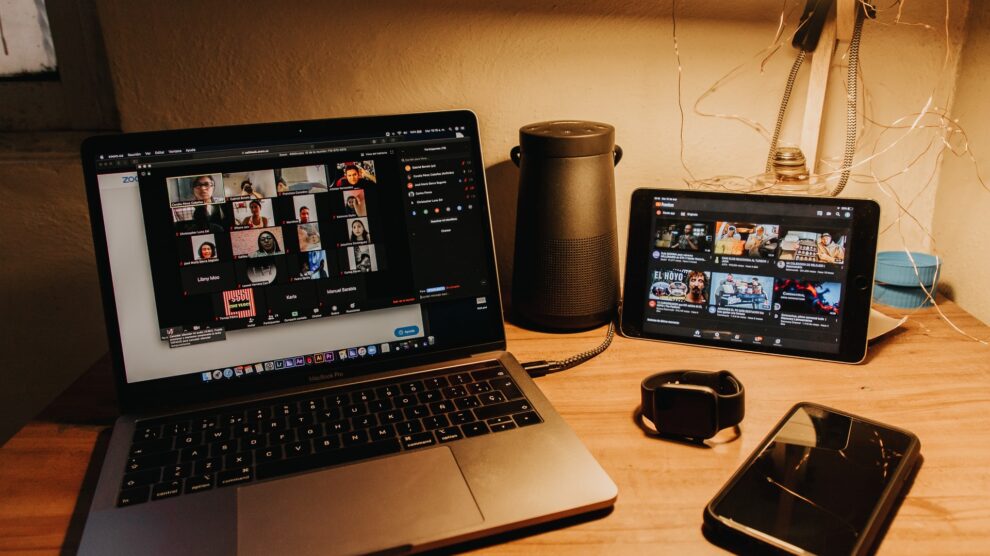When QVC launched decades ago, it created a whirlwind in live selling: people felt more connected and more engaged by the products (and the salespeople) they saw on TV. Now, in the digital age, the fundamental aspects of what made QVC so engaging are now available to anyone with a digital presence. The result? Customers are following streamers directly, leading to 82% of consumers preferring live streaming content to social media posts.
That means that every brand that wants to make more sales should consider live selling. However, live selling alone isn’t enough to change the way a brand makes its sales. It will require creating a live selling system—optimized to a specific market—to ensure you have the impact that utilizes streaming technology in 2021. Here are the ways to do it:
First Things First: Answer Customer Questions
Think about the type of person who might click on a live sale. Chances are, they’ve thought about buying from you before, but they haven’t quite clicked the mouse just yet. What’s holding them back? They probably have questions about your product that haven’t been answered yet.
Consider that about 57% of customers abandon online purchases if they don’t get their questions about the product answered. If you want to make your live selling system engaging, consider adding this element to it: what are the chief questions you get about your products, and how can you position your answers in ways that help make sales? By putting these questions at the forefront of your presentation, you’ll directly address many of the reasons your customers decided to tune in in the first place.
Creating a Promotional System for Your Live Sales
You can’t very well make sales if you don’t have an audience in the first place. Consider beginning promotional campaigns on social media and other platforms to encourage people to check out your live stream events. The more you can encourage people to set reminders on their platforms, the better a chance you’ll have that you’ll attract a larger audience.
One way to encourage this kind of “buy-in” from your audience is to involve them in the production of the stream itself. For example, you might post a poll of which products your customers will want to see. Or you might create contests—the announcements of which you place within the stream itself. The more you can create anticipation and involve the customers at every stage of the interaction, the more you’ll see people deciding to click on your stream when you finally go live.
You might also consider “teases.” In traditional media, a tease is just a short snippet of what’s to come—for example, a movie trailer might just use a small, enticing “tease” that doesn’t give away the plot. Post similar “teases” on your social media accounts to generate interest in what’s going to end up appearing on your live sales event.
Remove Website “Bottlenecks” Through Social Selling
One of the problems many people face with live selling is simple. They generate a lot of excitement through their live stream. Viewers are ready to turn into customers. People are clicking. Then, when they get a look at your site—and maybe its poor conversion rates—they’re not so thrilled about the idea of buying from you anymore.
For many people, this is discouraging because it means you have to use CRO, or conversion rate optimization, to make sales. And that means a lot more work as you prepare your website for more visitors. It feels like “one step forward, two steps back.” But if you use social selling, you can bypass this process completely.
By having customers buy directly through a social platform, you’ll remove the potential bottleneck of your website and simply capture those sales that you would have otherwise captured with a great website. Get set up on social media platforms to encourage direct social selling. You can also integrate the following into your social selling campaigns:
- Setting up tools to monitor social chatter and stay on top of trends. The more you involve yourself in the social media conversation, the more “on point” your live selling system will be.
- Beginning a live selling session with a strict CTA in mind. This is, after all, your opportunity to send someone exactly where you want them to go. What action do you want them to take? Do you really want to send them to a web form, or do you want them to make a purchase via social selling?
The more you optimize your live selling system, the better a chance you’ll have at making sales immediately. Remember that the goal is full engagement: you don’t only want to attract viewers, but you want the live sale itself to turn those viewers into customers.





